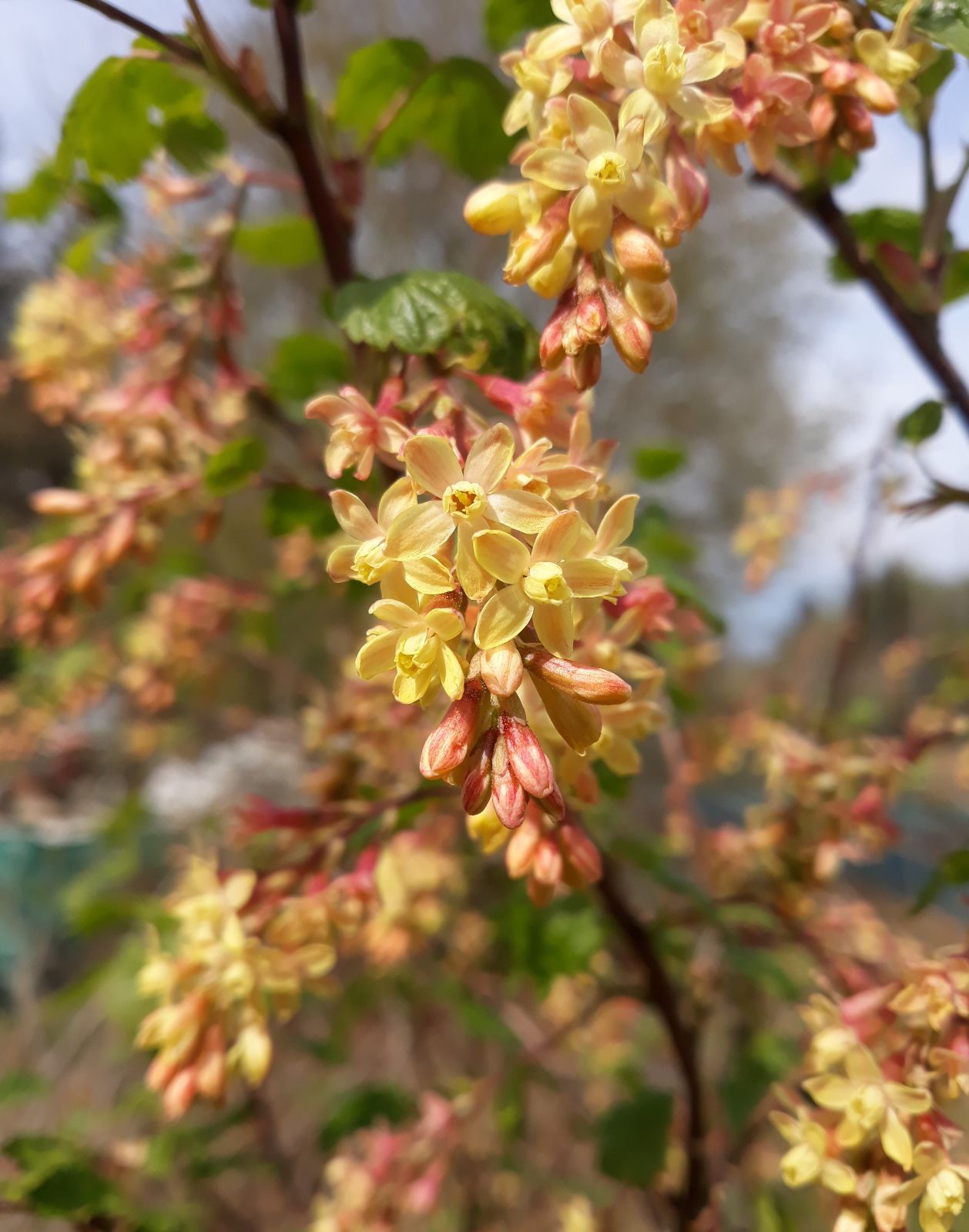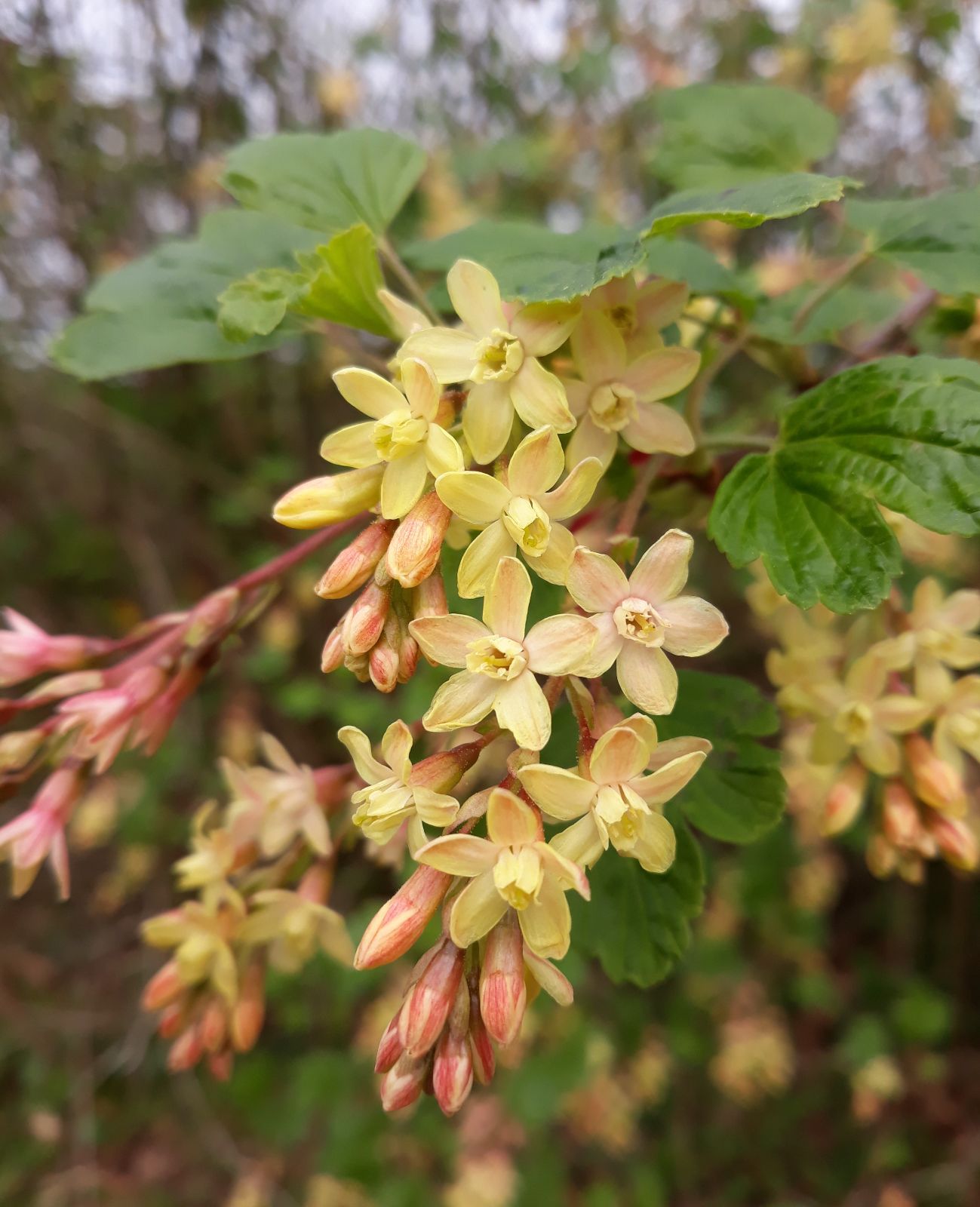Ribes × beatonii
Credits
Article from Bean's Trees and Shrubs Hardy in the British Isles
Recommended citation
'Ribes × beatonii' from the website Trees and Shrubs Online (treesandshrubsonline.
Genus
Synonyms
- Ribes × gordonianum Hort. ex Lem.
Other taxa in genus
- Ribes alpinum
- Ribes ambiguum
- Ribes americanum
- Ribes bracteosum
- Ribes cereum
- Ribes ciliatum
- Ribes curvatum
- Ribes diacanthum
- Ribes fasciculatum
- Ribes gayanum
- Ribes glandulosum
- Ribes henryi
- Ribes lacustre
- Ribes laurifolium
- Ribes leptanthum
- Ribes lobbii
- Ribes longeracemosum
- Ribes maximowiczii
- Ribes menziesii
- Ribes mogollonicum
- Ribes nigrum
- Ribes niveum
- Ribes odoratum
- Ribes orientale
- Ribes pinetorum
- Ribes roezlii
- Ribes rubrum
- Ribes sanguineum
- Ribes speciosum
- Ribes tenue
- Ribes uva-crispa
- Ribes valdivianum
- Ribes viburnifolium
A hybrid between R. odoratum and R. sanguineum, raised in 1837 by Donald Beaton at Haffield, Herefordshire, who named it after his employer William Gordon, but it seems that the first validly published name commemorates its raiser. It is still widely grown as R. × gordonianum (JMG 2021, otherwise as per Bean). It was put into commerce by Low of Clapton. Beaton, one of the most learned plantsmen of his time, later became head gardener to Sir William Middleton, Bt, at Shrublands Park, Ipswich, where he bred some of the forerunners of the present-day bedding pelargoniums. He made several contributions to Loudon’s Gardeners’ Magazine, and corresponded with Dean Herbert, the authority on the Amaryllidaceae, who named after him the genus Beatonia, now reduced to the rank of a subgenus of Tigridia.
Beaton’s currant is intermediate in most respects between its parents – in habit, in the leaves being smaller and less hairy than those of R. sanguineum, and in the colour of the flowers, which are reddish outside, yellowish within, a curious blend. It is hardier than R. sanguineum, and can be grown in parts of the New England States where that species is too tender to thrive. It is interesting and not without beauty, but is inferior to both of its parents.


